
ABBEasyLine EL3000 Series
Integral gas feed
The integral gas feed (optional in model EL3020) is available in two versions. It includes
• either the solenoid valve, pump, coarse filter, capillary tube and flow sensor modules
• or a flow sensor module.
Housing design
The housing for the EL3020 gas analyzer model is designed as 19-inch housing with 3 height units (4 height units with Magnos27) and degree of protection IP20 (IP40 with version for emission monitoring). The housing for the EL3040 gas analyzer model is designed as wall-mount housing with degree of protection IP65.
Dynamic response
Warm-up time Approx. 30 minutes without thermostat; approx. 2 hours with thermostat
90% response time T90 ≤ 2.5 sec for sample gas flow = 60 l/h and electronic T90 time (static/dynamic) = 5/0 sec
Calibration
Zero-point calibration With inert gas, e.g. nitrogen, or with ambient air that is free of the sample component. End-point calibration With gas-filled calibration cells (optional) or with test gas mixtures. It is recommended to verify the calibration cell set values once a year.
Materials in contact with the sample medium Analyzer (sample cells) Tubing: aluminum; windows
Tubing: aluminum; windows: CaF2 or BaF2; connectors: stainless steel 1.4305 (SAE 303) Gas lines and connectors Gas lines: FPM hoses or PTFE tubes; connectors: stainless steel 1.4305 (SAE 303); solenoid valve (option in model EL3020): PVDF. When flammable components are present in the sample gas: Gas lines: stainless steel tubes 1.4571 (SAE 316Ti); connectors: stainless steel 1.4305 (SAE 303).
Gas connections
See page 27 and page 28
Sample gas inlet conditions
The analyzer must not be used for measurement of ignitable gas/air or gas/oxygen mixtures.
Temperature
The sample gas dew point should be at least 5 °C below the temperature throughout the sample gas path. Otherwise a sample gas cooler or condensate trap is required.
Pressure
The analyzer is operated under atmospheric pressure; the sample gas outlet is open to atmosphere. Internal pressure drop < 5 hPa with standard flow rate 60 l/h. Permissible absolute pressure range: 800–1250 hPa. Operation under lower absolute pressure (e.g. at altitudes above 2000 m) on request. Overpressure in the sample cell max. 500 hPa.
Flow rate
20–100 l/h
Corrosive gases
Highly corrosive associated gas components, e.g. chlorine (Cl2) and hydrogen chloride (HCl), as well as gases or aerosols containing chlorine must be cooled or undergo prior absorption.
Flammable gases
In the version with gas lines and connectors made of stainless steel the analyzer is suitable for measuring flammable gases in general purpose environment (see page 22).
Dynamic response
Warm-up time
< 1 hour
90% response time
T90 approx. 4 sec at a sample gas flow of 90 l/h and electronic
T90 time (static/dynamic) = 3/0 sec, gas change from nitrogen
to air
Calibration
Zero-point calibration
With oxygen-free process gas or substitute gas
End-point calibration
With process gas with a known oxygen concentration or a substitute gas such as dried air
Single-point calibration
Zero-point calibration with any oxygen concentration, e.g. with
nitrogen or ambient air, processed through a cooler or H2O absorber.
Pressure correction by means of pressure sensor is recommended for single-point calibration with air.
Depending on the measurement task involved, the zero- and endpoints should be verified periodically (recommendation: once a
year).
Calibration of measurement ranges with suppressed zero-point
Highly suppressed measurement ranges (≥95–100 vol.% O2)
should only be calibrated with test gases with concentrations in
the selected measurement range.
Materials in contact with the sample medium
Analyzer
Sample chamber (direct connection): stainless steel 1.4305
(SAE 303), glass, platinum, rhodium, epoxy resin; seals: FPM (Fluorocarbon rubber), PEEK, FFKM
Gas connectors of the solenoid valve (option in model EL3020)
PVDF
Gas connections
See page 30
Sample gas inlet conditions
The analyzer must not be used for measurement of ignitable
gas/air or gas/oxygen mixtures.
Temperature
The sample gas dew point should be at least 5 °C below the temperature throughout the sample gas path. Otherwise a sample
gas cooler or condensate trap is required. Water vapor content
variations cause volume errors.
Pressure
Operation under atmospheric pressure: The sample gas outlet is
open to atmosphere. Internal pressure drop < 5 hPa with standard flow rate 60 l/h. Permissible absolute pressure range: 800–
1250 hPa. Operation under lower absolute pressure (e.g. at altitudes above 2000 m) on request.
Operation under elevated pressure: A pressure sensor is required
for pressure influence compensation.
Absolute pressure ≤ 1250 hPa: An optional internal pressure sensor can be connected to the sample gas path.
Absolute pressure ≥ 1250 hPa: An external pressure sensor must
be connected to the sample gas path.
The analyzer is function-tested for 5000 hPa internal pressure
without damage.
Flow rate
30–90 l/h
Corrosive gases
Consultation with ABB Analytical is required if the sample gas
contains Cl2, HCl, HF or other corrosive components.
The AO2000-Magnos206 analyzer should be used if the sample
gas contains NH3.

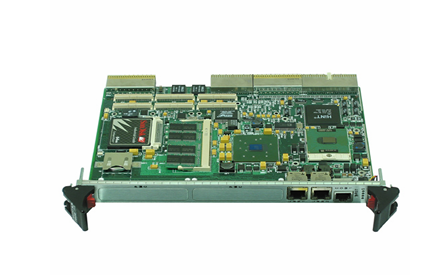

.jpg)
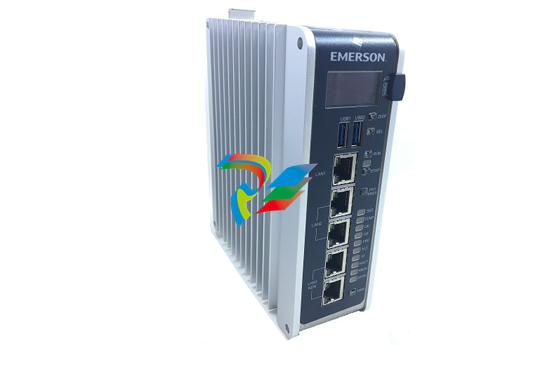
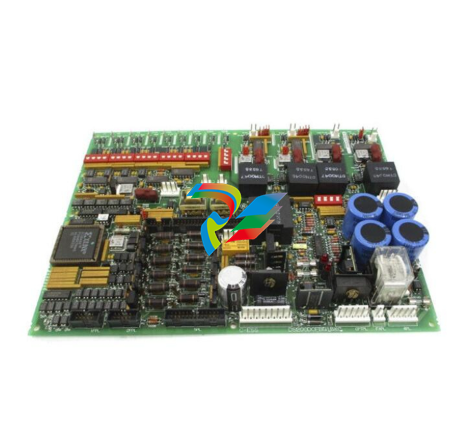
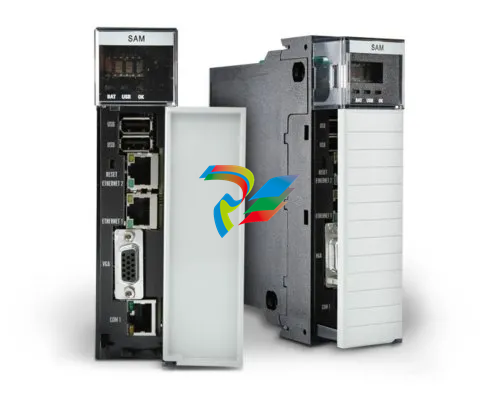
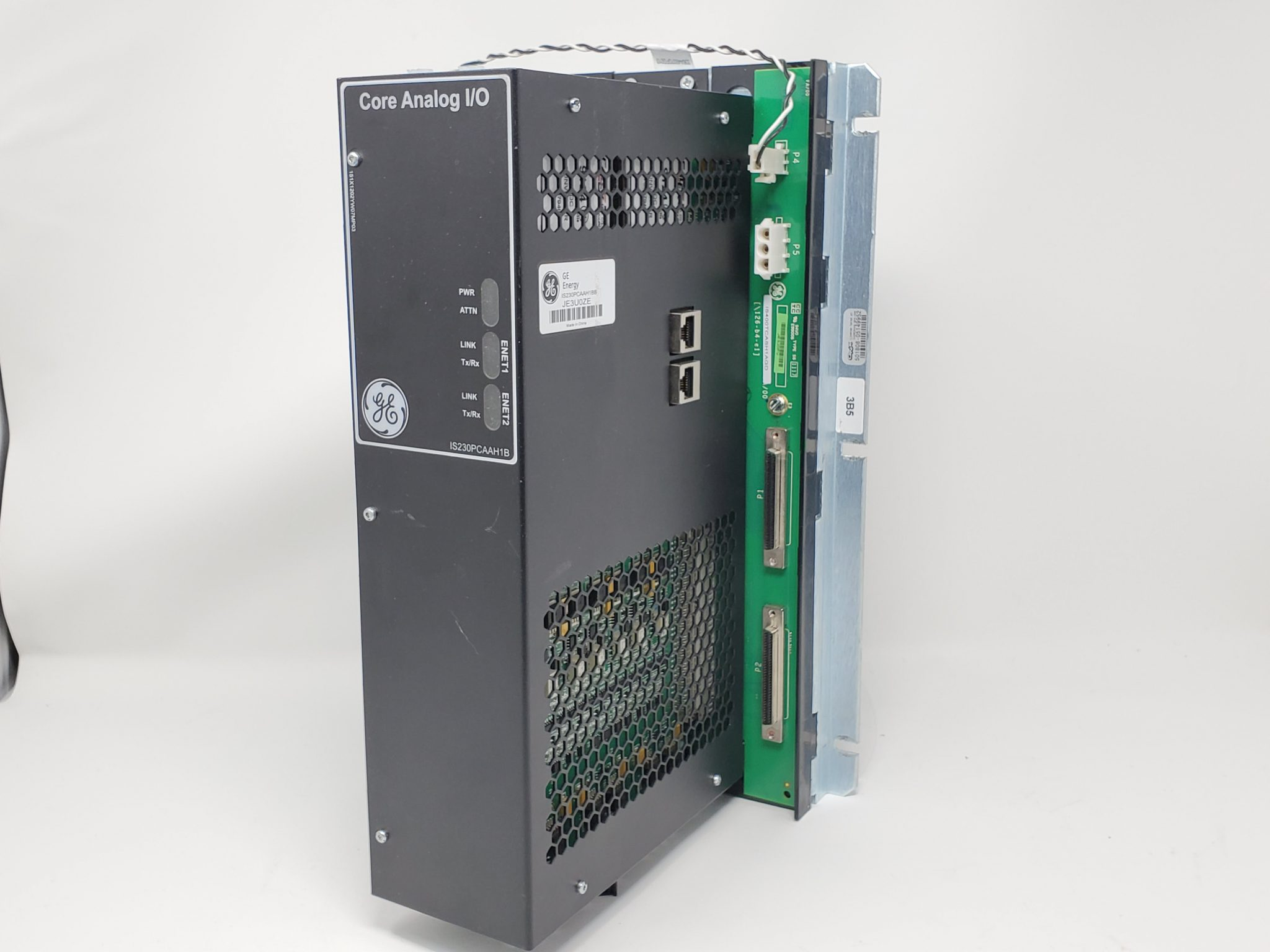
































































.jpg)
.jpg)





.jpg)



.png)
.jpg)

.jpg)
_lVjBYb.jpg)

.jpg)
.jpg)



.jpg)
.jpg)







.jpg)

.jpg)
.jpg)










